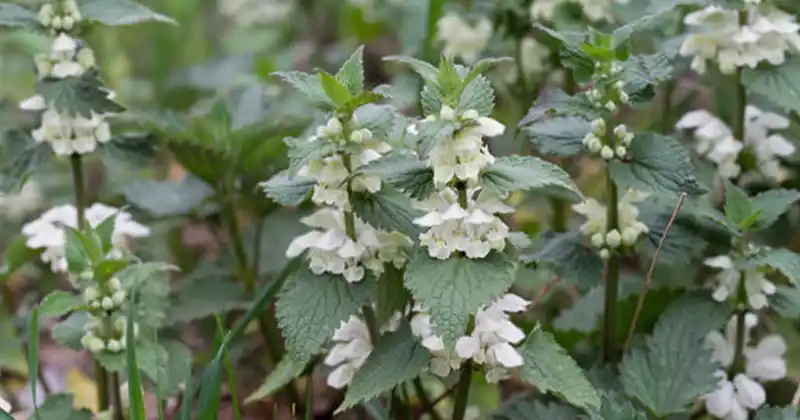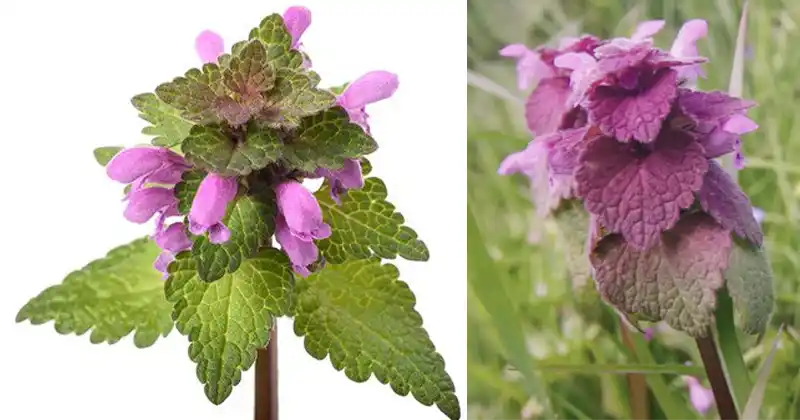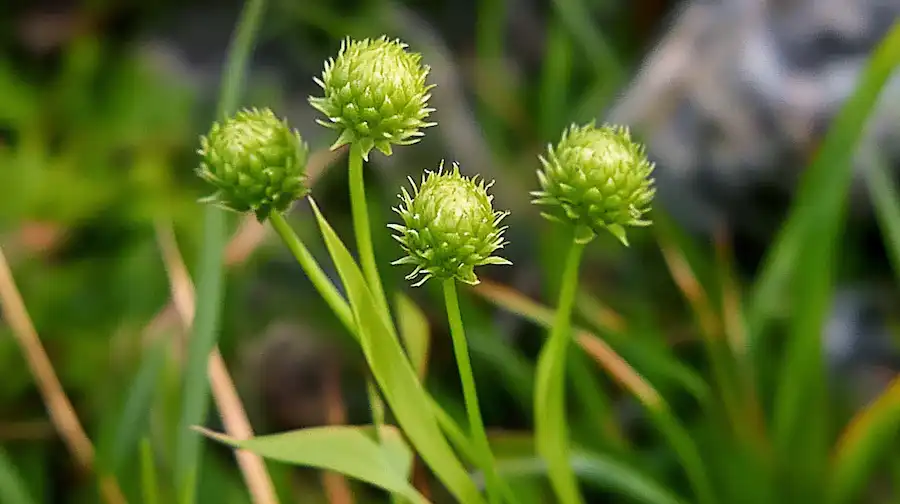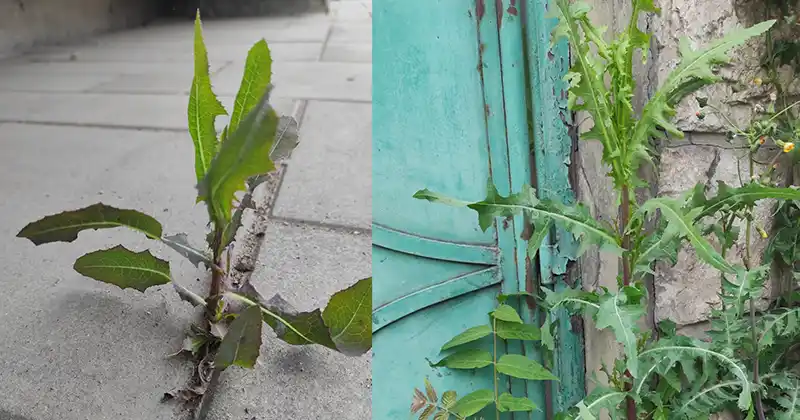How to Successfully Grow Lemon Trees from Cuttings: A Step-by-Step Guide
Growing your own lemon trees from cuttings is a rewarding and efficient way to cultivate fresh citrus right in your backyard. Not only do lemon trees add beauty and fragrance to your garden, but they also provide a steady supply of fresh lemons for your culinary needs. While starting lemon trees from seeds can be time-consuming, propagating them from cuttings offers a faster, more reliable method to establish your citrus grove. This detailed guide walks you through the steps of growing healthy lemon trees from cuttings, ensuring success at every stage.

1. Gather Your Materials
Before you begin, make sure you have all the necessary materials ready:
- Lemon Tree Cuttings: Choose fresh, healthy cuttings from an established lemon tree.
- Sharp Pruning Shears: Use these to make clean cuts without damaging the tree.
- Rooting Hormone (optional): This can accelerate root growth, but it’s not mandatory.
- Tissue Paper or Paper Towels: To keep the cuttings moist during the rooting process.
- Plastic Bags: To create a humid environment for the cuttings.
- Small Containers or Pots: For planting the cuttings once they have rooted.
- Well-Draining Potting Soil: Crucial for citrus plants to prevent root rot.
- Spray Bottle: For misting the cuttings and soil.
- Labels and Marker: To track the date and type of cutting for monitoring progress.
2. Selecting and Preparing the Cuttings
The success of your lemon tree propagation depends largely on the quality of the cuttings:
- Choose the Right Branch: Select a healthy, disease-free branch that is semi-hardwood, about 6-8 inches long.
- Make the Cut: Use sharp, sterilized pruning shears to cut the branch just below a node, ensuring the cutting has at least 2-3 leaves or leaf buds.
- Remove Lower Leaves: Strip away the leaves from the bottom half of the cutting to prevent rotting.
- Optional – Apply Rooting Hormone: Dip the cut end in rooting hormone to encourage faster root development.
3. Wrapping the Cuttings with Moist Tissue Paper
Maintaining moisture is key to successful root development:
- Moisten the Tissue Paper: Lightly dampen the tissue paper or paper towel to keep the base of the cuttings moist.
- Wrap the Base: Wrap the moist tissue around the lower half of the cutting.
- Check Moisture Levels: Ensure the tissue remains moist but not overly wet.
4. Creating a Humid Environment
Creating the right environment is essential for root formation:
- Place in a Plastic Bag: Insert the wrapped cuttings into a plastic bag, sealing it to create a humid environment.
- Inflate the Bag: Blow air into the bag to create a mini greenhouse effect, promoting root growth.
- Avoid Direct Contact: Prevent the plastic bag from touching the leaves by using small sticks or a frame if necessary.
5. Monitoring Growth
Patience and careful monitoring are crucial during the rooting phase:
- Location Matters: Place the bagged cuttings in a warm, bright area with indirect sunlight.
- Check Regularly: Open the bag every few days for fresh air circulation and to check moisture levels.
- Look for Roots: Roots should start forming within 3-8 weeks. You’ll know they’re ready for transplanting when you see healthy roots emerging from the base.
6. Transplanting the Cuttings
Once roots have developed, it’s time to transplant your cuttings:
- Prepare the Pots: Fill small containers with well-draining potting soil.
- Make a Hole: Create a small hole in the center of the soil.
- Plant the Cutting: Gently insert the cutting into the hole, firming the soil around it.
- Watering: Lightly water the soil to settle it around the cutting, keeping it moist but not soggy.
7. Caring for Your New Lemon Tree
With proper care, your lemon tree will grow into a healthy, fruit-bearing plant:
- Sunlight: Ensure your lemon tree gets at least 6-8 hours of direct sunlight daily.
- Watering: Keep the soil consistently moist, allowing the top inch to dry slightly between waterings.
- Feeding: After a few months, start feeding your tree with a balanced citrus fertilizer.
- Pruning: Prune as needed to encourage strong growth and remove any dead or damaged branches.
- Watch for Pests: Monitor for pests like aphids or spider mites and treat them promptly.

Extra Tips for Success
- Choose the Right Time: Late spring or early summer is ideal for taking cuttings.
- Sterilize Tools: Always sterilize your tools to prevent disease spread.
- Label Your Cuttings: Label each cutting to track its progress.
Growing lemon trees from cuttings is a rewarding way to enjoy fresh lemons at home. With patience, care, and the right conditions, your efforts will yield a thriving citrus tree ready to produce an abundance of lemons for years to come.
Related Links
For more tips on caring for lemon trees and other citrus delights, check out these helpful resources:
- The Timeless Virtues of Lemons: Nature’s Answer to a Happier Home
- How to Grow Lemon Trees from Lemon Leaves
This guide ensures you have all the knowledge needed to grow healthy lemon trees from cuttings effortlessly. Happy gardening!



















